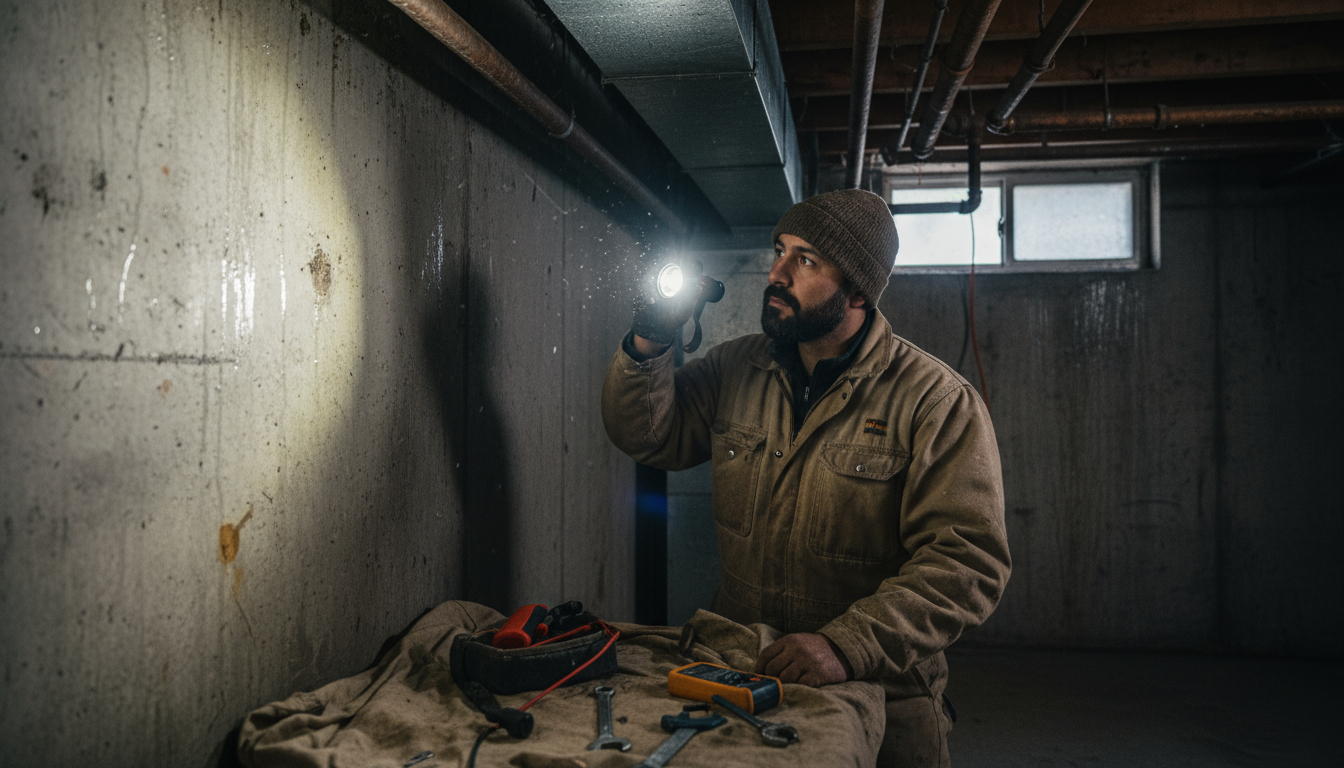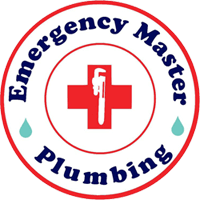

Living in a home with uneven temperatures can be frustrating and uncomfortable. Imagine stepping from a sweltering living room into a chilly bedroom—hot and cold spots like these disrupt your daily life, waste energy, and spike utility bills. In regions like Arizona, where summers scorch and winters can still bring surprising chills, maintaining consistent indoor comfort is essential. This guide explores how to fix hot and cold spots in your house, offering step-by-step solutions rooted in proven HVAC and plumbing practices. Whether you’re dealing with drafty rooms or overly warm areas, we’ll cover causes, DIY fixes, and when to seek professional help to restore balance to your home’s climate.
Hot and cold spots occur when certain areas of your house heat or cool unevenly compared to others. According to energy efficiency experts, this issue affects up to 70% of older homes and can reduce system efficiency by 20-30%. By understanding the root causes and applying targeted fixes, you can achieve even temperatures, lower energy costs, and improve overall comfort. Let’s dive into the common culprits and actionable steps to resolve them.
Understanding the Causes of Hot and Cold Spots
Before tackling repairs, identify why hot and cold spots develop in your house. Uneven heating and cooling often stem from design flaws, wear and tear, or environmental factors. Recognizing these helps you prioritize fixes effectively.
Poor Insulation and Air Leaks
One of the most frequent reasons for hot and cold spots is inadequate insulation. In Arizona homes, where extreme outdoor temperatures fluctuate, walls, attics, and floors without proper insulation allow heat to escape in winter or infiltrate during summer. Air leaks around windows, doors, and electrical outlets exacerbate this, creating drafts that make rooms feel uneven.
For instance, if your home was built before modern energy codes, thin walls might not retain conditioned air well. Gaps in the building envelope—such as unsealed cracks in the foundation or poorly fitted doors—let outside air mix with indoor air, leading to temperature inconsistencies. Studies from the U.S. Department of Energy show that air leaks alone can account for 25-40% of a home’s energy loss, directly contributing to hot spots in sun-exposed rooms and cold spots in shaded areas.
Faulty Ductwork and Airflow Imbalances
Your HVAC system’s ductwork is the highway for heated or cooled air, but blockages, leaks, or poor design can cause imbalances. Leaky ducts lose up to 30% of air before it reaches vents, starving distant rooms of proper flow. In multi-story homes, gravity and duct routing often favor lower levels, leaving upstairs bedrooms cold.
Dirty filters or closed vents in unused spaces can also redirect air unevenly, creating hot spots near the furnace or AC unit. In Arizona’s dry climate, dust buildup in ducts accelerates this problem, restricting airflow and forcing your system to overwork.
Thermostat and System Sizing Issues
A malfunctioning thermostat fails to regulate temperatures accurately across zones. If it’s located in a high-traffic area, it might sense warmth from bodies or sunlight, ignoring cooler spots elsewhere. Older single-zone thermostats can’t handle zoned heating needs, common in larger Arizona ranch-style homes.
Additionally, an undersized HVAC system struggles to distribute air evenly, especially during peak seasons. A unit too small for your square footage cycles on and off frequently, bypassing some areas and causing persistent hot and cold spots.
Other Contributing Factors
Furniture blocking vents, unbalanced radiator systems in older homes, or even lifestyle habits like frequent door openings can play a role. In humid climates, moisture buildup might insulate parts of the house unevenly, but Arizona’s aridity shifts focus to dust and solar gain through windows.
By mapping your home’s temperature variations with a simple infrared thermometer, you can pinpoint these issues. This diagnostic step saves time and prevents unnecessary expenses.
Diagnosing Hot and Cold Spots in Your Home
Spotting the problem is the first step toward fixing it. Walk through your house on a mild day with the HVAC running and note temperature differences. Use a digital thermometer to measure room temps—ideal indoor range is 68-72°F in winter and 72-78°F in summer.
Check for visible signs: Warm air escaping from ducts, uneven vent output, or frost on coils indicate deeper issues. Apps like those from energy auditors can log data over days, revealing patterns. For Arizona residents, consider seasonal factors—hot spots often appear in west-facing rooms due to afternoon sun.
If DIY diagnosis feels overwhelming, consult your system’s manual or perform a basic airflow test: Hold a tissue near vents to gauge strength. Weak flow signals duct problems; strong but uneven suggests zoning issues.
Step-by-Step DIY Fixes for Hot and Cold Spots
Many hot and cold spot issues can be resolved without calling a pro, saving you hundreds in service fees. Start with low-cost, high-impact changes, then progress to more involved tasks. Always turn off your HVAC before working on ducts or vents to ensure safety.
Seal Air Leaks and Improve Insulation
Begin by caulking cracks around windows, doors, and baseboards with silicone sealant—affordable and effective for immediate relief. Weatherstripping doors prevents drafts, reducing cold spots by up to 15%. For insulation, add foam outlet gaskets behind switch plates; they’re inexpensive and block sneaky leaks.
In attics, lay fiberglass batts or blown-in cellulose over existing material, focusing on Arizona’s hot roofs where radiant barriers reflect heat. This upgrade can even out temperatures by 5-10°F. Avoid over-insulating to prevent moisture traps, which could lead to mold in humid basements.
Balance Your HVAC Airflow
Clean or replace air filters monthly—clogged ones restrict flow, worsening spots. Open all vents fully and rearrange furniture to avoid blockages. For duct balancing, adjust dampers (metal flaps inside ducts) to redirect air: Close them slightly in over-heated rooms and open in cooler ones. Use a screwdriver for this; mark positions to track changes.
If ducts are accessible in your basement or crawlspace, wrap them with foil-faced insulation tape to seal leaks and prevent condensation. In Arizona homes with exposed ducts, this curbs heat gain from ambient air.
Calibrate or Upgrade Your Thermostat
Test your thermostat’s accuracy with a separate thermometer. If off by more than 2°F, recalibrate programmable models per the manual or replace batteries. For better control, install a smart thermostat like Nest or Ecobee, which learns your habits and supports zoning via apps. These devices can resolve 40% of uneven heating by adjusting cycles room-by-room.
In larger homes, add vent boosters—small fans that push more air to distant rooms—without rewiring.
Address Window and Solar Gain Issues
Heavy curtains or cellular shades block solar heat in Arizona’s intense sun, cooling hot spots naturally. Low-E window films reflect UV rays while allowing light, a budget-friendly fix for single-pane glass.
These DIY steps often yield quick results. Monitor temperatures after changes; full balance might take a week as your system adapts.
When to Call a Professional for Hot and Cold Spots
While DIY works for minor issues, persistent hot and cold spots signal deeper problems requiring expert intervention. If sealing leaks doesn’t help or you hear unusual noises from your HVAC, it’s time for a pro. Leaky ducts hidden in walls or an inefficient system might need professional sealing with mastic or aeroseal technology, which injects sealant into ducts for a permanent fix.
In Arizona, where dust storms clog systems fast, annual tune-ups prevent escalation. Pros use tools like duct cameras to diagnose invisibles, ensuring compliance with local codes. Expect costs from $200 for inspections to $5,000 for duct replacements, but energy savings recoup investments in 2-5 years.
Hiring licensed HVAC technicians guarantees safe, code-compliant work—vital for warranties and insurance.
Prevention Tips to Avoid Future Hot and Cold Spots
Maintain even temperatures long-term with routine care. Schedule biannual HVAC servicing to clean coils and check refrigerant levels. Use ceiling fans to circulate air, pushing warm air down in winter and pulling it up in summer.
Upgrade to a zoned system if your home layout demands it; dampers divide your space into independent areas. Energy audits from utilities like APS in Arizona offer free assessments and rebates for insulation upgrades.
Lifestyle tweaks help too: Keep interior doors open during operation and use area rugs for floor insulation. These habits minimize spots and cut bills by 10-20%.
Conclusion: Achieve Comfortable, Even Temperatures at Home
Fixing hot and cold spots in your house transforms your living space into a consistently comfortable haven. By addressing insulation gaps, balancing airflow, and maintaining your system, you tackle the root causes effectively. In Arizona’s variable climate, these steps not only enhance comfort but also boost energy efficiency and home value.
For complex issues or professional-grade solutions, trust experienced local experts. At Emergency Master Plumbing & Air, we specialize in diagnosing and resolving HVAC imbalances with tailored services for Arizona homes. Our certified technicians use advanced tools to seal ducts, optimize systems, and ensure even temperatures year-round. Contact us today at 623-584-4706 for a free consultation and reclaim your home’s comfort.
